No Air-Conditioning
Though excelling in offense, defense, and mobility, the tank does have one serious drawback – the absence of air condition.
Summer in Hokkaido is known to be relatively cooler than other regions, but the tank’s interior can still reach dangerously hot temperatures, an issue frequently mentioned by crew members.
While the tank features a NBC (Nuclear, Biological, Chemical) protection system, these are distinct from general air conditioning and does not contribute to crew comfort.
For comparison, the German Leopard 2 tanks and US Abram tanks have been back-fitted with air conditioning.
And, this is not merely a matter of crew comfort. The lack of air conditioning is a significant safety concern and is likely to become a liability during summer combat. No matter how sophisticated the tank may be, it is useless if the crew cannot perform well or suffers from heat strokes.
Gradually Being Phased Out
Ever since its introduction, a total of 341 units have rolled out of the factory, with the majority being stationed on Hokkaido as previously mentioned.
Although the Type 90 is lighter than most Western tanks, the 50-ton body faces constraints when crossing bridges. In fact, the tank can only cross 65% of the bridges in Japan, limiting its operational scope to the vast terrains of Hokkaido rather than the mountainous, narrow mainland.
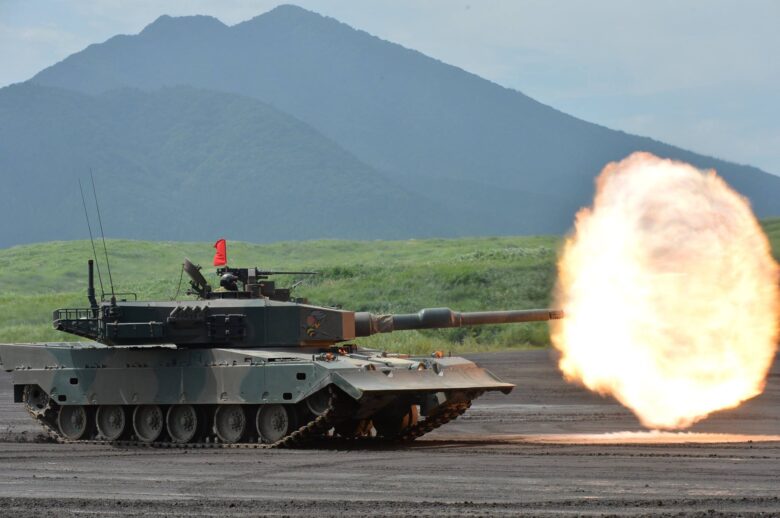 Type 90 tanks firing at an exercise (photo: JGSDF)
Type 90 tanks firing at an exercise (photo: JGSDF)
Existing units have been refurbished by installing new command/control systems and updating communication devices, but the Type 90 has now entered its 30’s, prompting the need of replacements.
The newer Type 10 tanks equipped with C4I functions are sequentially replacing the aging tanks, though the Type 90 will remain active for some time due to slow procurement.
From a global perspective, the Type 90 is no longer state-of-the art, but it is definitely classified as a modern tank and is projected to perform well enough in today’s warfare.
This makes retirement seem like a waste, considering the fact that old tanks can still be useful, as proven in the Russo-Ukrainian War.
The war has highlighted the importance of maintaining reserve weapons, regardless of generation, in order to overcome attrition. And, the same lesson applies to Japan as well.



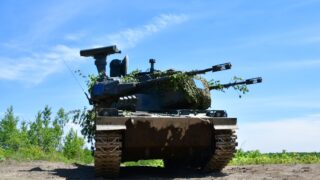
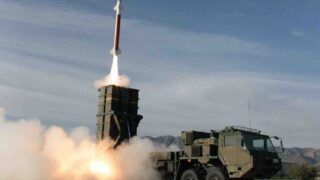
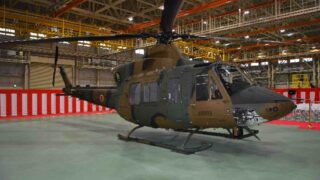
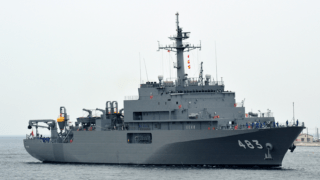
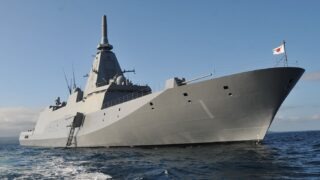
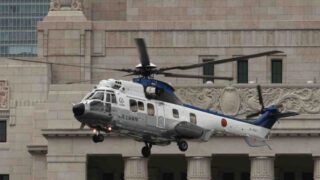
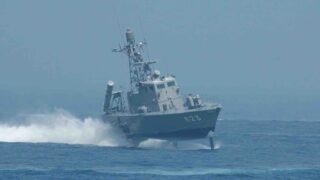
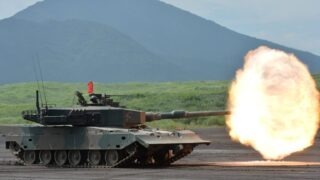
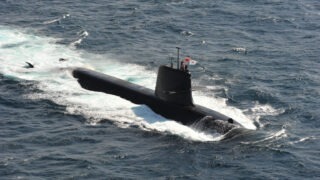
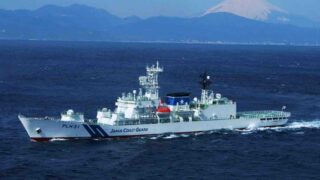
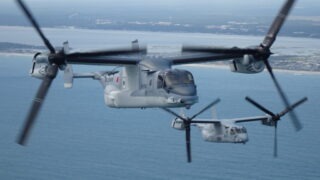
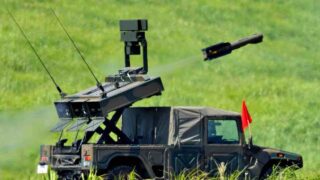
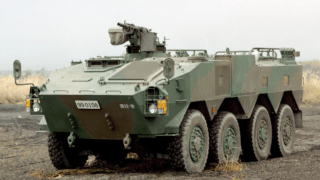
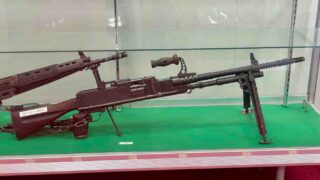
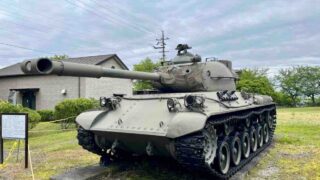
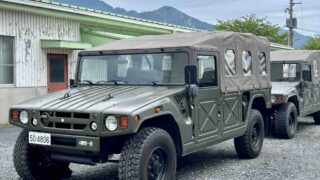
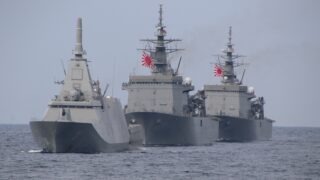

Comments